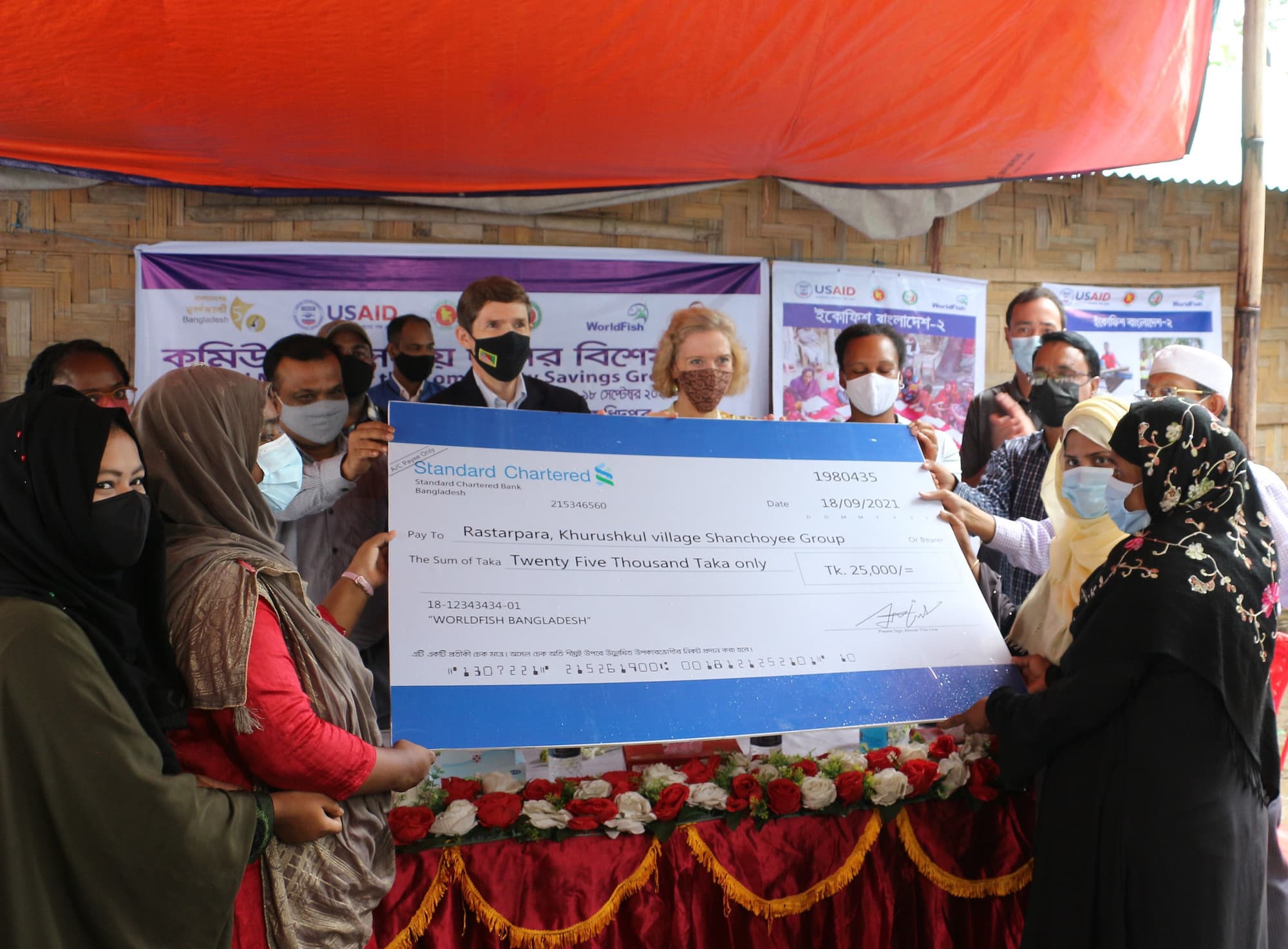Building climate resilience into Bangladesh's coastal communities
- From
-
Published on
12.10.21
- Impact Area

Around the world, aquatic food systems provide meaningful livelihoods for 60 million people and sustenance for 3.3 billion people. Apart from being a primary source of protein, aquatic foods contain micronutrients and essential fatty acids vital to the health and nutrition of 800 million people in low- and middle- income countries, yet this critical lifeline is increasingly threatened by climate change.
Related news
-

From Waste to Wealth: Transforming Rice Straw into a 'Strategic Biomass Resource' in the Mekong
Eisen Bernard Bernardo05.12.25-
Climate adaptation & mitigation
-
Mitigation
Can Tho City, Vietnam – On November 19, 2025, a critical discussion unfolded in Can…
Read more -
-

New climate roadmap outlines pro-active strategy for livestock management in East Africa
Sustainable Animal and Aquatic Foods Science Program05.12.25-
Climate adaptation & mitigation
As droughts recur, heat stress rises, and floods become more frequent, East Africa’s livestock sys…
Read more -
-

Strengthening One Health through rangelands stewardship
Multifunctional Landscapes Science Program04.12.25-
Climate adaptation & mitigation
HEAL community rangeland health workers presented at the 33rd Annual Conference of the Ethiopian Soc…
Read more -
